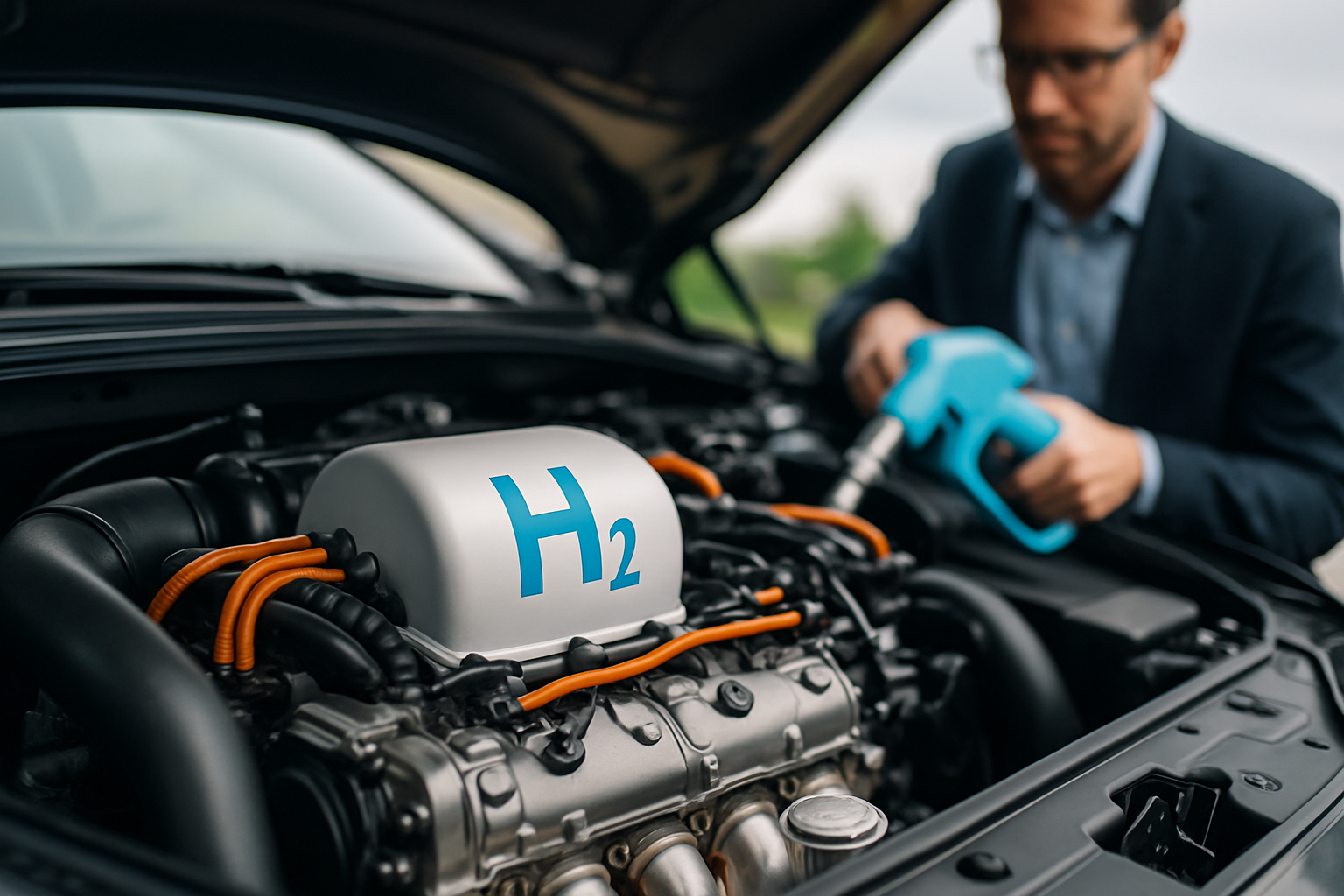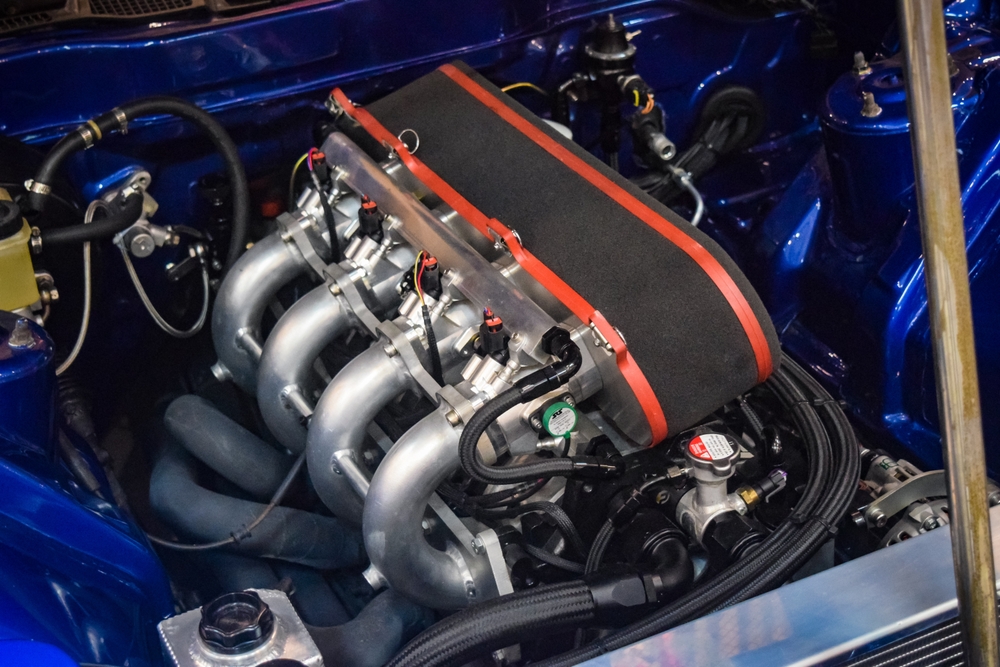Harnessing the Potential of Waste Heat Recovery Systems in Automobiles
In the relentless pursuit of efficiency and sustainability, automotive engineers are turning their attention to an often-overlooked resource: waste heat. As vehicles convert fuel into motion, a significant portion of energy is lost as heat through exhaust gases and the cooling system. What if we could capture and repurpose this wasted energy? Enter the world of Waste Heat Recovery Systems (WHRS) in automobiles, a cutting-edge technology poised to revolutionize the way we think about vehicle efficiency and performance.

The Thermodynamic Challenge
At the heart of every internal combustion engine lies a fundamental inefficiency. Only about 30% of the energy from fuel combustion is converted into mechanical power to drive the vehicle. The remaining 70% is lost, primarily as heat through the exhaust system and engine cooling. This waste represents not just a loss of energy but also a missed opportunity for improved performance and reduced emissions.
Engineers have long grappled with this thermodynamic challenge, seeking ways to squeeze more efficiency out of the combustion process. While incremental improvements have been made over the decades, the basic problem persists. However, WHRS technology offers a novel approach: instead of trying to prevent heat loss, why not harness it?
Thermoelectric Generators: Turning Heat into Electricity
One of the most promising WHRS technologies is the thermoelectric generator (TEG). These solid-state devices utilize the Seebeck effect, a phenomenon where a temperature difference across certain materials creates an electric potential. In automotive applications, TEGs are typically placed in the exhaust system, where they can capture heat that would otherwise be lost to the environment.
As hot exhaust gases flow over one side of the TEG and cooler air passes over the other, the temperature gradient generates electricity. This electricity can then be used to power the vehicle’s electrical systems, reducing the load on the alternator and, consequently, improving fuel efficiency. While the gains may seem modest—typically in the range of 3-5% improvement in fuel economy—when applied across millions of vehicles, the cumulative impact on energy conservation and emissions reduction could be substantial.
Rankine Cycle Systems: Steam Power Reimagined
Another approach to waste heat recovery borrows from power plant technology: the Rankine cycle. In this system, waste heat from the engine is used to vaporize a working fluid (often water or an organic compound) in a closed loop. The resulting high-pressure vapor drives a turbine connected to a generator, producing electricity.
Rankine cycle systems have shown promising results in heavy-duty vehicles and long-haul trucks, where the consistent high-temperature exhaust provides an ideal heat source. Some prototypes have demonstrated efficiency improvements of up to 10%, a significant gain in the world of commercial transportation where fuel costs are a major operational expense.
Integration Challenges and Engineering Solutions
While the concept of WHRS is compelling, integrating these systems into vehicles presents several engineering challenges. Weight is a primary concern, as additional components can offset fuel efficiency gains. Engineers are tackling this by developing compact, lightweight materials and designs that minimize the system’s footprint.
Durability is another critical factor. WHRS components must withstand the harsh conditions of an automotive environment, including extreme temperatures, vibrations, and corrosive exhaust gases. Advanced materials science and rigorous testing protocols are being employed to ensure these systems can last the lifetime of a vehicle.
Moreover, the integration of WHRS with existing vehicle systems requires sophisticated control algorithms. These must balance heat recovery with the engine’s thermal management needs and optimize power generation based on driving conditions. The development of smart, adaptive control systems is an active area of research in automotive engineering.
Economic and Environmental Implications
The potential impact of widespread WHRS adoption extends beyond individual vehicle performance. As global pressure mounts to reduce carbon emissions from transportation, technologies that improve efficiency without radical changes to existing infrastructure are particularly attractive. WHRS offers a pathway to incrementally improve the efficiency of internal combustion engines, potentially extending their viability in an increasingly carbon-conscious world.
From an economic perspective, the initial cost of WHRS technology must be weighed against long-term fuel savings. As production scales up and technology improves, the cost-benefit analysis is expected to shift in favor of wider adoption. Additionally, government regulations and incentives aimed at reducing vehicle emissions could accelerate the integration of WHRS in new vehicle models.
The Road Ahead: Challenges and Opportunities
As with any emerging technology, the path to widespread implementation of WHRS in automobiles is not without obstacles. Cost remains a significant barrier, particularly for mass-market vehicles where profit margins are slim. Continued research and development are needed to improve the efficiency and reduce the complexity of these systems.
Furthermore, the automotive industry’s gradual shift towards electrification raises questions about the long-term relevance of WHRS for internal combustion engines. However, proponents argue that WHRS technology could play a crucial role in the transition period, improving the efficiency of hybrid vehicles and potentially finding applications in future electric vehicle thermal management systems.
The journey of Waste Heat Recovery Systems from concept to reality represents the ongoing evolution of automotive engineering. As we stand on the brink of a new era in transportation, technologies like WHRS remind us that innovation often lies in reimagining the familiar. By turning waste into wealth, these systems embody the spirit of efficiency and sustainability that will drive the future of mobility.





